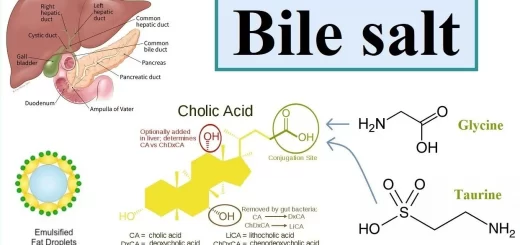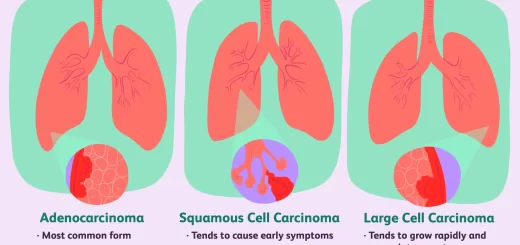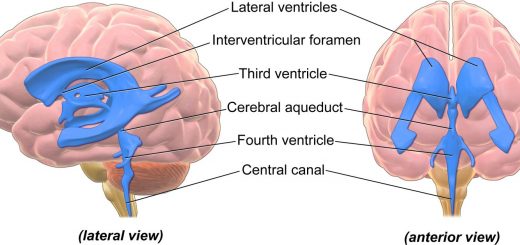Fetal blood and circulation, Changes of fetal circulation after birth (in the newborn)
Throughout the fetal stage of development, the maternal blood supplies the fetus with O2 and nutrients and carries away its wastes. These substances diffuse between the maternal and fetal blood through the placental membrane. They are carried to and from the fetal body by the umbilical blood vessels.
Fetal circulation
In the fetal circulation system, the umbilical vein transports blood rich in O2 and nutrients from the placenta to the fetal body. The umbilical vein enters the body through the umbilical ring and travels along the anterior abdominal wall to the liver. About ½ the blood it carries passes into the liver. The other ½ of the blood enters a vessel called the ductus venosus, which bypasses the liver.
The ductus venosus travels a short distance and joins the inferior vena cava. In the inferior vena cava, the oxygenated blood from the placenta is mixed with the deoxygenated blood from the lower parts of the body. This mixture (high oxygen concentration) reaches the right atrium. It enters the right atrium, by the valve of the inferior vena cava; the blood is directed to the left atrium through the foramen ovale.
A small valve, septum primum is located on the left side of the atrial septum overlies the foramen ovale and prevents blood from moving in the reverse direction. The highly oxygenated blood that enters the left atrium through the foramen ovale is mixed with a small amount of deoxygenated blood returning from the pulmonary veins.
This mixture moves into the left ventricle and is pumped into the aorta to supply the brain & upper limb. Deoxygenated blood of the superior vena cava enters the right atrium and then passes to the right ventricle to the pulmonary trunk.
Only a small volume of blood enters the pulmonary circuit because the lungs are collapsed, and their blood vessels have a high resistance to flow. This blood is enough to the lung tissue. Most of the blood in the pulmonary trunk bypasses the lungs by entering a fetal vessel called the ductus arteriosus, which connects the pulmonary trunk to the aortic arch.
As a result of this connection, the blood with a relatively low O2 concentration (superior vena caval blood) bypasses the lungs & runs in the descending aorta. Some of it is carried by the branches of the aorta to the lower parts of the body; The rest passes into the umbilical arteries (arise from the internal iliac arteries) to the placenta.
Changes of fetal circulation after birth (in the newborn)
The initial inflation of the lungs causes important changes in the circulatory system. It reduces the resistance to blood flow through the lungs resulting in increased blood flow from the pulmonary arteries. Consequently, an increased amount of blood flows from the right atrium to the right ventricle and into the pulmonary arteries and less blood flows through the foramen ovale to the left atrium.
In addition, an increased volume of blood returning from the lungs through the pulmonary veins to the left atrium, which increases the pressure in the left atrium. The increased left atrial pressure and decreased right atrial pressure (due to decreased pulmonary resistance) forces blood against the septum primum causing the foramen ovale to close. This action functionally completes the separation of the heart into two pumps–right and left sides of the heart.
The closed foramen ovale becomes the fossa ovalis. The ductus arteriosus, which connects the pulmonary trunk to the systemic circulation, closes off within 1-2 days after birth. Once closed, the ductus arteriosus is replaced by connective tissue and is known as the ligamentum arteriosum.
When the umbilical cord is cut, no more blood flows through the umbilical arteries and veins. The remenant of the umbilical vein becomes the round ligament of the liver and the ductus venosus becomes the ligamentum venosum. The umbilical arteries become the medial umbilical ligaments.
Mediastinum contents, Aorta parts, Brachiocephalic trunk, Pulmonary trunk & Thoracic duct trunk
Fetal membrane layers, Chorion, Amnion, Yolk sac & umbilical cord
Productive organs, Germ cells, Fertilization, Stages of cleavage, Implantation & Decidua
Second & third week of Embryonic development, Chorion & types of Chorionic villi
Third to eight weeks (Embryonic period), Embryo Folding and Results of folding
Placenta types, structure, function, development & abnormalities



